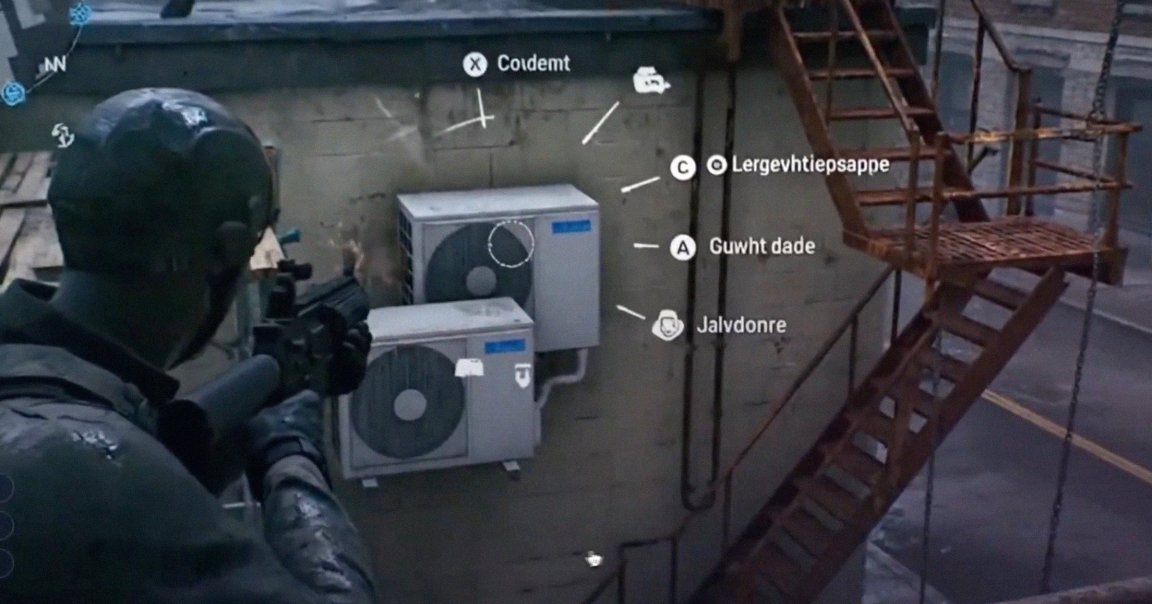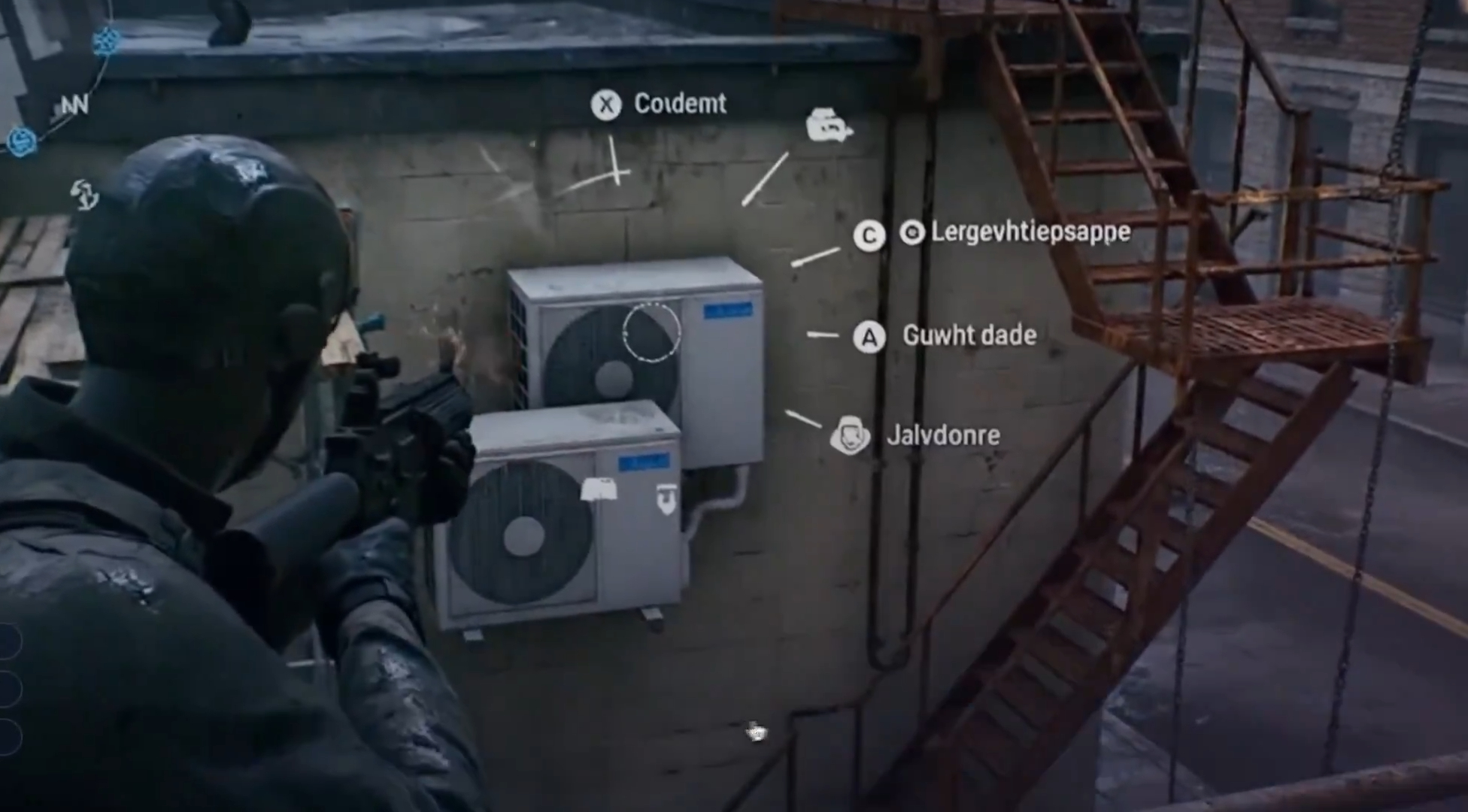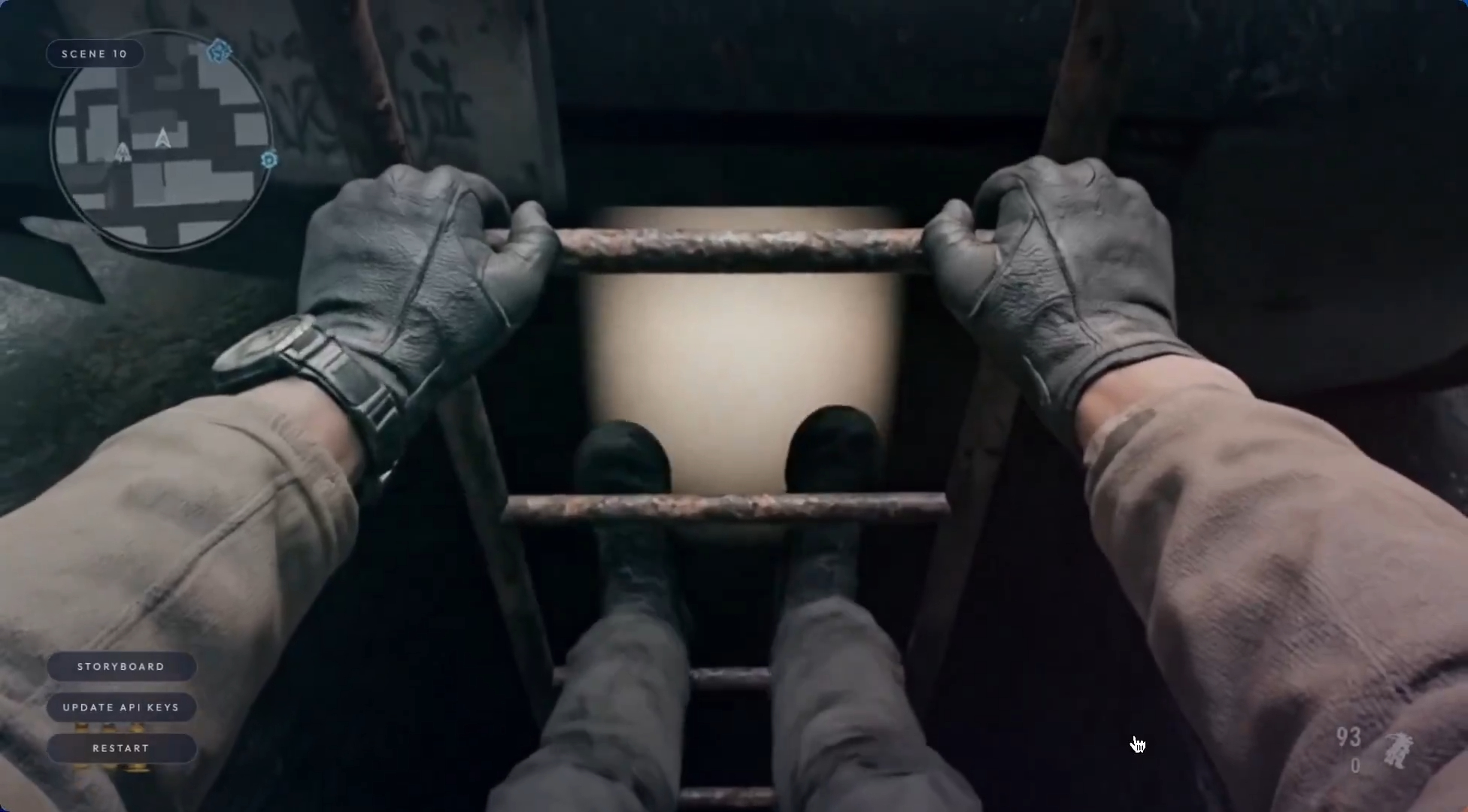
Last week, AI investor Matt Shumer posted AI-generated first-person-shooter footage that was intended to be an impressive glimpse at the future of video games.
“AI games are going to be amazing,” he tweeted in the caption of the 84-second clip.
But instead of demonstrating that the video game industry is about to be revolutionized by the advent of generative AI, the clip drew widespread derision and mockery.
And it doesn’t take long to figure out why: to call the video AI slop carnage would be an understatement. The clip lacks virtually any degree of continuity or cohesion, with entire subway stations and cars popping into existence at random.
“Bro, this looks like s***,” one unimpressed user tweeted in response.
“This is what video games look like to someone who doesn’t play video games,” another user offered.
“Did you watch your own video?” another user implored.
Ironically, the clip demonstrates that generative AI video generators are still far from rendering believable three-dimensional spaces, let alone a virtual environment that would hold players’ attention.
While the gaming industry has indicated a high degree of interest in leveraging generative AI, the videos being output by AI video generators have little to do with the highly complex and controllable environments rendered by modern game engines.
Sure, if you heavily squint your eyes, Shumer’s video makes it look like the AI came up with believable footage of a triple-A video game title — but any degree of scrutiny quickly dispels that illusion.
The model used in the video struggles greatly to render text, for instance, with the character following signs through a subway — or “Sublone” — station to a “Canual” or “Canuial” street in “Uptoown” of an unidentified metropolis.
One freeze-frame reveals what appears to be a poor imitation of an in-game context menu, with labels offering the player to “Coidemt” or “Lergevhtiepsappe” a pair of inexplicably overlapping wall-mounted AC units. The AI doesn’t even get the button prompts right, advertising a “C” that’s not featured on any mainstream console, alongside some other nonsensical symbols.

The playable character pops in and out of existence from various places off-camera, scrambling first- and third-person perspectives. An enemy approaching the player drops what appears to be a grenade, only to have it explode in his face.
At one point, the player shoots his gun at a parked van, only for a fire escape to erupt in flames above it.
Even the sparks flying off the player’s machine gun appear to be shooting toward the gun, not away from it.
One particularly — and unintentionally — hilarious moment shows the player straightening his legs in front of him to descend a ladder, only to plop into a partially water-filled sewer.

indicating the AI hasn’t formed a coherent representation of a virtual environment. Instead, it has seemingly mashed ingested footage in its training data together haphazardly by basing the next frame on the previous frame, and so on, which is essentially how modern AI video generators work.
A followup clip, which features jumbled footage of a man running through a crumbling building, also struggles to create a coherent world, with a flashlight magically attaching itself to the man’s chest and a tidal wave of water appearing at a moment’s notice.
This time, Shumer said the video was intentionally made to look like a “fever dream.”
Naturally, Shumer attempted to capitalize on all of the attention, promising that he would be “making this public soon.” What exactly he’s referring to beyond his “builds + demos” remains unclear at best.
The investor also took his time addressing the negative feedback on X-formerly-Twitter.
“Some clarifications based on the reaction to my last video,” he offered. “This is NOT production-ready (obviously), nor do I intend to build it into something that is.”
“It’s purely a glimpse into what the future of gaming might look like,” Shumer added. “It is NOT great today, I know that. But in a few years, it will be!”
“They’re not finished products… they’re glimpses of what’s coming,” he wrote, predicting that AI-powered games will be “incredible in five years.”
Shumer also claimed that he’s already “built” an engine that resembles Unity and Unreal, both popular game engines that can render 3D worlds in real time.
But not everybody was convinced.
“I call bulls***,” one user replied.
“Yeah, honestly, I can see where you’re going with the idea and it’s a great concept to explore — you just haven’t yet lergevhtiepsappe,” another user joked.
More on AI video games: In Disturbing Demo, AI-Powered Video Game Characters Panic When Told They’re Just Code